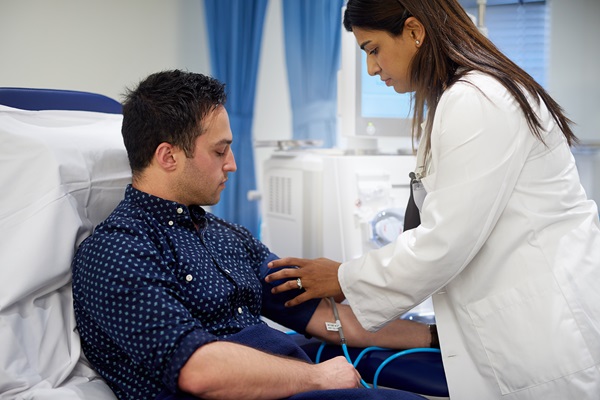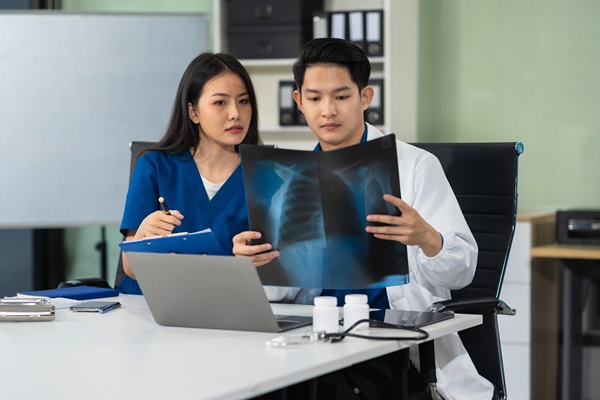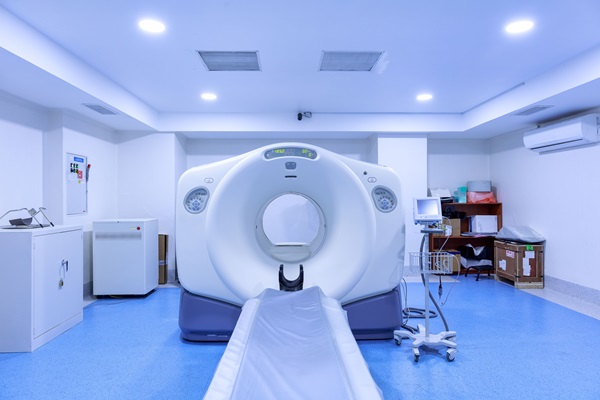Tips for Before and After Blood Testing

Blood testing is an essential tool that helps monitor people's health and diagnose a variety of medical conditions. Whether you are getting a routine blood test or your doctor has ordered one to screen for a specific concern, preparing in advance can help improve the accuracy of the results and ensure a smoother experience. Here are some valuable tips to consider before and after blood testing to make the process more efficient and less stressful.
How blood testing works
During the blood drawing process, also known as venipuncture, the phlebotomist inserts a needle through the patient's skin into a vein, typically in the arm by the crook of the elbow. This is because veins are more readily accessible in this area. It is possible to draw blood from veins in the wrist, fingers, or heels.
Before the blood draw begins, the phlebotomist will use an anesthetic wipe to sanitize the treatment area. An elastic band (tourniquet) can restrict blood flow and make the chosen vein pop in the skin, making it more noticeable. The phlebotomist then collects a small sample of blood and transfers it into a test tube, placing a cotton ball and bandage on the blood draw site.
The phlebotomist then sends the blood to a laboratory, where a technician analyses it according to the test criteria ordered by the patient's doctor. They may look for the levels of minerals, enzymes, proteins, or hormones. Some tests separate blood plasma by spinning (centrifuging) the sample. Other tests may pass a light beam through the blood sample to determine how much of a chemical is present.
How to prepare for a blood test
Fasting
Different types of blood testing require different preparation techniques. Common preparations may include fasting for up to 12 hours, not taking certain medications, or smoking before a test. For example, fasting is often required before glucose (blood sugar) and lipid (blood fats) testing because these levels increase after a meal. Doctors often ask patients to fast overnight (eight to 12 hours) and get a blood test early in the morning, only drinking water.
Patients with type 1 diabetes should consult their primary care provider before they begin fasting to avoid low blood sugar (hypoglycemia). Many patients who have type 2 can fast safely before blood testing unless they are taking certain medications, such as insulin.
Hydrating
Drink plenty of water right up to 30 minutes before the test. This helps keep the body hydrated and improves blood flow, making the veins more accessible. However, avoid excessive consumption, as it may affect one's test results. Additionally, patients should avoid strenuous exercise before the blood test.
Wear loose clothing
While there is no dress code for blood testing, patients should wear short-sleeve and loose-fitting clothing that allows easy access to the arms or the part of the body where the blood is being drawn. This makes it easier for the phlebotomist to draw blood.
Discuss difficult veins
Some patients have smaller, squiggly, or scarred veins, often due to repeated blood testing, chemotherapy, or blood thinners. These veins can make it blood testing a more frustrating and even painful process, requiring multiple attempts to access veins. In these cases, it is important to talk to the phlebotomist to reduce feelings of discomfort or pain. Some blood testing offers alternatives to traditional blood testing, such as a finger prick.
Managing anxiety
Being scared of the sight of blood or needles is a common fear. Patients can look away when the needle is inserted into their veins and regulate their breathing. Distraction can also help, such as bringing something to read or wearing earphones and listening to music.
Additionally, patients who are prone to fainting from seeing blood or being poked with a needle should inform the intake staff and the phlebotomist. They may be able to have their blood drawn while lying down to minimize the risk of faining and injuring themselves. Staying hydrated before the test can also help maintain blood pressure and reduce the risk of passing out.
What to expect after a blood test
Blood testing appointments typically last no more than a few minutes. After the test is complete, the phlebotomist may ask the patient to apply pressure to the puncture point with a clear dressing. This can help it clot and reduce swelling prior to putting a band-aid on it.
While side effects are rare, some patients may experience swelling, bruising, or pain after blood testing. Applying ice to the area, resting, and over-the-counter pain medication can help alleviate discomfort. Additionally, do not do any heavy lifting for a few hours after blood testing. Heavy lifting and excessive exercise can cause a surge in blood flow and dislodge the blood clot.
Do you have questions or concerns?
Blood testing is a valuable tool in healthcare. They provide multiple insights into your general health and help detect potential issues in their early stages. Do you have questions or concerns about an upcoming blood test? The Texas Urgent Care & Imaging Center team is here to help. Reach out to our office today.
Request an appointment here: https://tx-urgentcare.com or call Texas Urgent Care & Imaging Center at ((832) 941-1894 for an appointment in our New Caney office.
Check out what others are saying about our services on Yelp: Blood Testing in New Caney, TX.
Recent Posts
X-rays are popular tools medical professionals use to diagnose a wide range of health conditions quickly and safely. They allow these professionals to see inside the body without invasive procedures, making them invaluable in urgent and primary care settings. Whether identifying fractures, monitoring chronic conditions, or detecting abnormalities, X-rays are critical in ensuring timely and…
A CT scan, or computed tomography scan, is a diagnostic tool that provides detailed images of the body’s internal structures. This non-invasive procedure helps medical professionals diagnose and monitor various conditions, from injuries to chronic illnesses. Knowing what to expect during a CT scan can ease concerns and prepare patients for a smooth experience.A CT…
If you work in public transportation, you may need to have a DOT drug screening. The Department of Transportation (DOT) regulates this test and requires it for you. You might be wondering what this test is like. Keep reading to learn more.Congress passed the Omnibus Transportation Employee Testing Act in 1991. Congress knew that the…
Walk-in clinic provide convenient, accessible health care for non-emergency medical needs, making it an ideal choice when immediate attention is necessary. Understanding when to visit a clinic can help patients save time, avoid unnecessary trips to the emergency room, and receive quality care for their health concerns. These clinics handle various issues, offering fast, professional…


